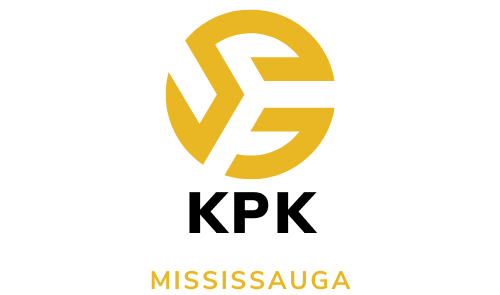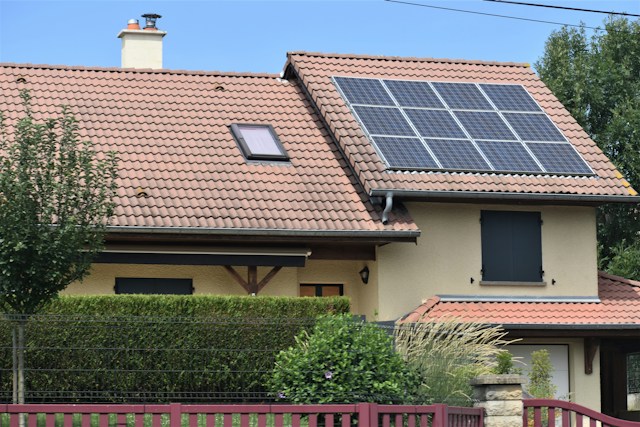The digital age has ushered in a revolution, transforming the way we live, work and communicate. One area in particular where this revolution is making waves is in energy production. With the pressing need to reduce fossil fuel usage and move towards more sustainable forms of energy, renewable energy has become a hot topic. In this article, we delve into the ways artificial intelligence (AI) is playing a pivotal role in optimizing renewable energy production.
Unlocking the Power of AI in Renewable Energy
As we delve into the world of renewable energy, one thing becomes clear: data holds the key. AI’s role in renewable energy is akin to a master locksmith. It can unlock a treasure trove of valuable insights from the vast amounts of data generated by renewable energy grids. From solar panels to wind turbines, every piece of equipment in the renewable energy sector produces streams of data. AI uses its capability to interpret this data, delivering invaluable insights that can help optimize production.
A lire en complément : What are the business advantages of integrating ai in crm systems?
The use of AI in renewable energy production is a game-changer in multiple ways. Firstly, it enables predictive maintenance, identifying potential issues before they escalate into major problems. Secondly, AI can optimize operation, ensuring that each piece of equipment is running at peak performance. Lastly, AI can manage the energy grid, balancing the supply and demand of power, and ensuring smooth transitions between different energy sources.
The AI Button: Smart Grid Management
A significant part of AI’s role in renewable energy lies in managing the smart grid. A smart grid is an electricity network that uses digital technology to monitor and manage the production and consumption of electricity. It’s like a giant ‘AI button’ controlling the flow of power across the grid.
Lire également : Revolutionising avian health: the importance of disease prevention and control for sustainable production
The AI leverages the power of machine learning to analyze data from the grid. The information it gleans helps it make real-time decisions about power distribution. It can prioritize power delivery based on demand, diverting it to where it’s needed most. In times of low demand, it can also divert excess power to storage facilities.
Additionally, the AI can also manage the transition between renewable and non-renewable energy sources. If the wind stops blowing or the sun isn’t shining, the AI can seamlessly transition to backup power sources, ensuring a continuous supply of electricity.
CSS of Renewable Energy: Custom Solar Solutions
AI also plays a significant role in optimizing solar power production. Think of AI as the CSS (Cascading Style Sheets) of renewable energy. Just as CSS customizes the look and feel of a webpage, AI customizes solar power solutions based on a location’s specific needs and conditions.
Machine learning algorithms analyze various data points, such as sunlight intensity, angle of incidence, temperature, and time of day. These algorithms can then adjust solar panel angles and operations to optimize energy production.
Furthermore, AI can predict weather patterns and sunlight exposure, helping to plan power production. By accurately forecasting solar power generation, utility companies can balance their grids more effectively, avoiding power surges and blackouts.
Text, Image, and Icon: AI-enhanced Data Visualization
When it comes to handling data, it’s not just about crunching numbers. AI also enhances data visualization, turning complex data sets into easily comprehensible text, images, and icons.
Data visualization is especially crucial in renewable energy, where multiple data streams need to be monitored simultaneously. AI can process and present this data in an easily digestible format, allowing operators to make quick and informed decisions.
For instance, AI can generate a visual representation of a wind farm’s performance. It can highlight turbines that are underperforming or show areas where maintenance is required. By presenting data in a user-friendly format, AI aids in efficient grid management and optimal energy production.
The Future is Green: AI and Renewable Energy
Looking ahead, it’s clear that AI will continue to play an integral role in renewable energy. As we strive to reduce our carbon footprint and transition towards sustainable energy sources, AI will be at the forefront, optimizing energy production and managing our power grids.
From the smart grid to solar power optimization, AI’s role in renewable energy is expansive and growing. It’s not just about producing renewable energy, it’s about optimizing production, utilizing resources efficiently, and ensuring a steady, reliable power supply.
In a world increasingly reliant on renewable energy, AI is not just a desirable addition—it’s an essential component. Whether it’s unlocking valuable insights from data, managing the smart grid, customizing solar solutions, or enhancing data visualization, AI’s capabilities are paving the way for a sustainable and energy-efficient future.
Applications of AI in Renewable Energy
The applications of AI in the realm of renewable energy are vast and varied. It’s like the pause button that lets us take a moment to really analyze and understand what’s happening in the energy sector. AI and machine learning technologies are being used to forecast energy production, integrate renewable energy into power grids, and even understand consumer energy use patterns.
AI is particularly effective at predicting energy production from renewable sources, which is crucial as these sources can be highly variable. Machine learning algorithms can analyze weather data and historical energy production data to predict how much energy wind farms or solar panels will produce. This ability can be pivotal in effectively integrating renewable energy into power grids and managing energy storage.
Energy companies are also using AI to understand how consumers use energy. By analyzing customer data, AI can identify patterns and trends that can be used to design more effective energy efficiency programs. This kind of customer-centric approach can be key in driving the transition to renewable energy sources.
AI technologies are also being used to optimize energy systems in real-time. For instance, machine learning algorithms can help balance power grids by automatically adjusting energy generation based on demand, thereby ensuring a consistent energy supply and preventing blackouts.
AI’s Role in Mitigating Climate Change
AI’s role in renewable energy is not just about optimizing energy production. It is also playing a crucial role in mitigating climate change. By helping us transition to clean energy sources, AI is enabling us to reduce our carbon emissions and combat the effects of climate change.
AI can help identify the most effective ways to reduce carbon emissions in the energy sector. It can analyze data from a variety of sources and use machine learning algorithms to identify patterns and trends. This can help policymakers and energy companies make more informed decisions about where to invest resources.
Furthermore, AI can help us monitor and track the effects of climate change. Machine learning algorithms can analyze satellite data, for instance, to identify changes in land use or track the melting of ice caps. This kind of real-time data can be invaluable in understanding the pace and scale of climate change and informing our response to it.
Conclusion
In conclusion, the role of artificial intelligence in optimizing renewable energy production is multifaceted and indispensable. From managing the smart grid and customizing solar solutions to enhancing data visualization and mitigating climate change, AI is a key player in the energy sector.
Whether it’s helping us transition to cleaner energy sources, predicting energy production, or understanding consumer energy use, AI is making a significant contribution to our fight against climate change and our journey towards a sustainable and energy-efficient future.
As we continue to innovate and push the boundaries of what is possible with AI and renewable energy, one thing is clear: the future of energy production is green and intelligent. The use of AI in renewable energy is much like an essential CSS class, forever altering the way we produce and consume energy.











